
What Are the Signs Your Cherry Tree Needs More Sunlight? Key Indicators for Healthy Growth
🌞 Have you ever wondered, What Are the Signs Your Cherry Tree Needs More Sunlight? If your cherry tree isn’t thriving the way you’d expect – from slow growth to fewer fruits – the culprit could be insufficient sunlight. Just like any plant, cherry trees rely on the sun’s energy to stay healthy and produce bountiful harvests. If your tree is struggling, it’s crucial to identify whether it’s not getting enough sun. In this article, we’ll explore the key indicators that your cherry tree might need more sunlight and offer practical tips to help it flourish. Ready to boost your tree’s health? Let’s dive in! 🌱
Table of Contents
Toggle🌞🍒 Why Sunlight is Essential for Cherry Trees 🍒🌞
Sunlight is absolutely crucial for the health and growth of your cherry tree. 🌿 It provides the energy needed for photosynthesis, which is the process that allows the tree to turn sunlight into food, fueling its growth, strength, and ability to produce fruit. Without enough sunlight, your tree can’t thrive, and it may show signs of stress like stunted growth or poor fruit production.
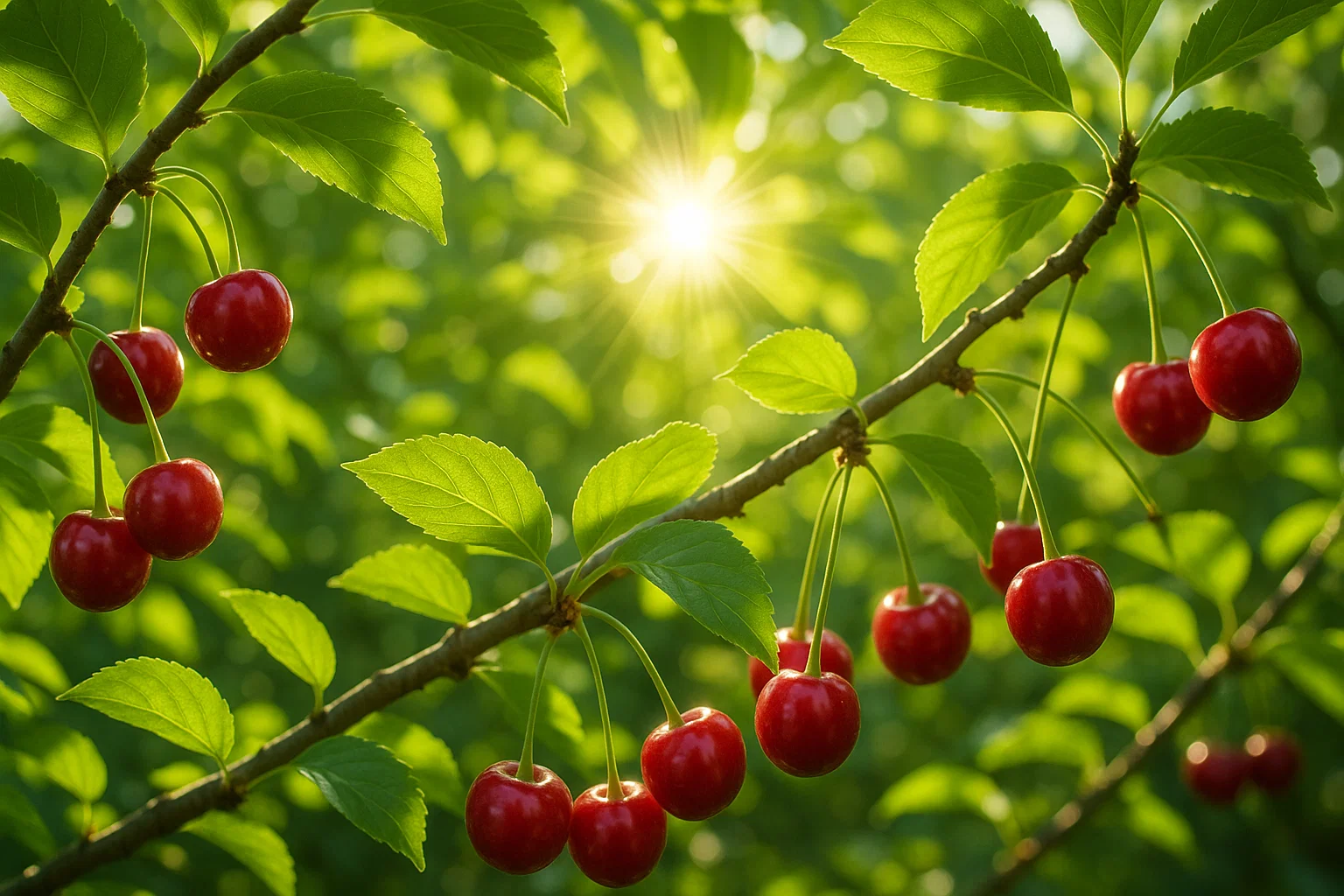
🌳 Growth & Development 🌳
Cherry trees need at least 6-8 hours of direct sunlight daily to grow strong and healthy. 🌳 If they’re planted in too much shade, they may become weak, with leggy or spindly branches that lack vigor.
🍒 Flowering & Fruit Production 🍒
Sunlight directly affects the number of flowers and the quality of fruit your tree produces. 🍒 Trees that don’t get enough light often produce fewer flowers, leading to smaller or underdeveloped fruit. The more sun your cherry tree receives, the better its chances of a bountiful harvest!
In essence, sunlight fuels your cherry tree’s growth, health, and productivity. 🌞 Without it, your tree won’t be able to reach its full potential, and that means fewer fruits and less vitality. 🌱 Understanding what are the signs your cherry tree needs more sunlight? is essential to ensuring it thrives and produces a bountiful harvest.
🌞🍒 Key Signs Your Cherry Tree Needs More Sunlight 🍒🌞
If your cherry tree is struggling to thrive, one of the most common reasons could be insufficient sunlight. Cherry trees are sun-loving plants that need ample light for healthy growth, strong flowering, and fruiting. Here are the key signs to watch out for if you suspect your tree needs more sun:
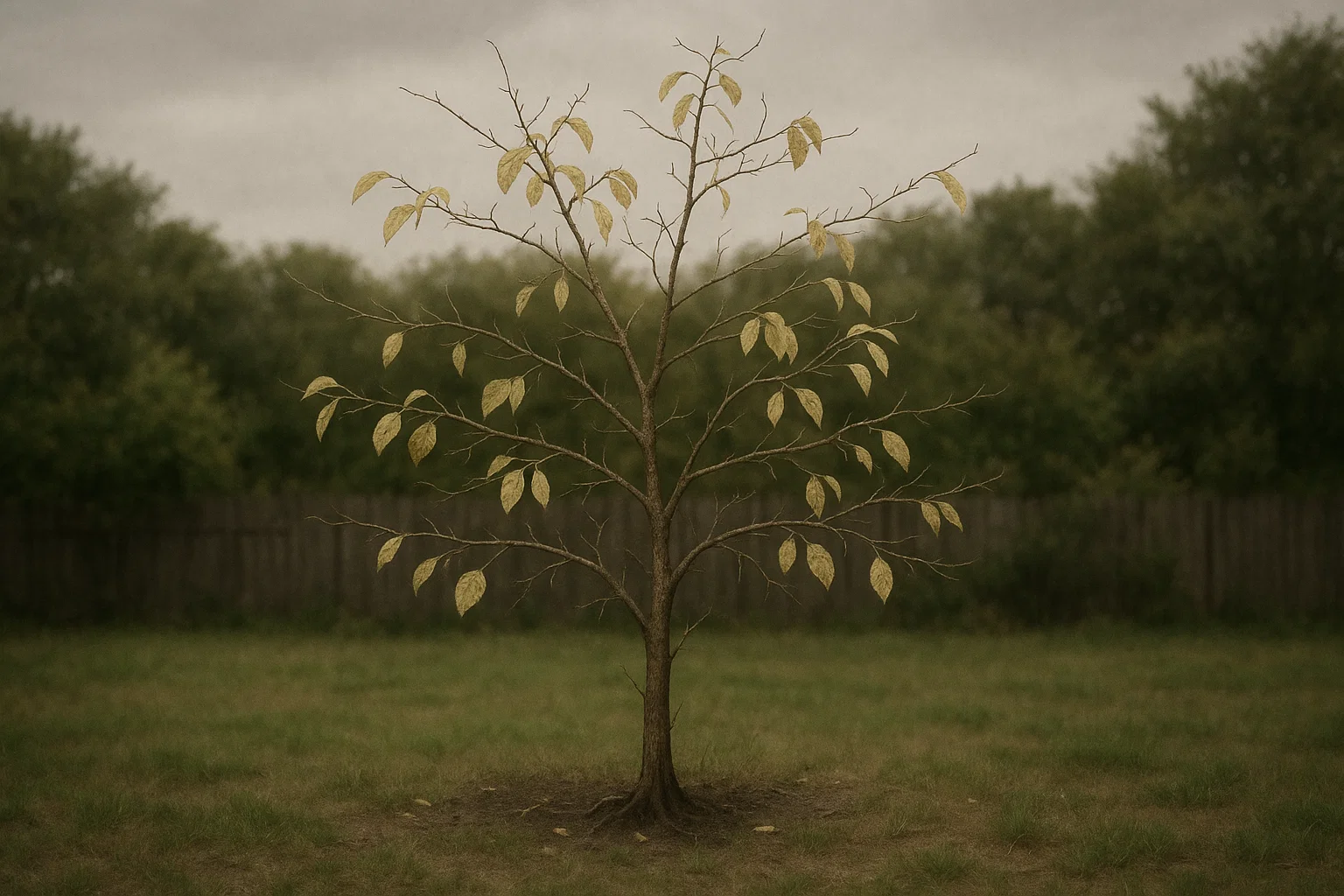
🌱 1. Slower or Stunted Growth 🌱
Cherry trees rely on sunlight to fuel their growth. If your tree is growing slowly or its new branches appear weak and underdeveloped, it might not be getting enough light. You’ll notice smaller leaves, less vigorous growth, and an overall lack of energy. Sunlight is essential for photosynthesis, the process that creates the tree’s energy, so insufficient sunlight leads to slow or stunted growth.
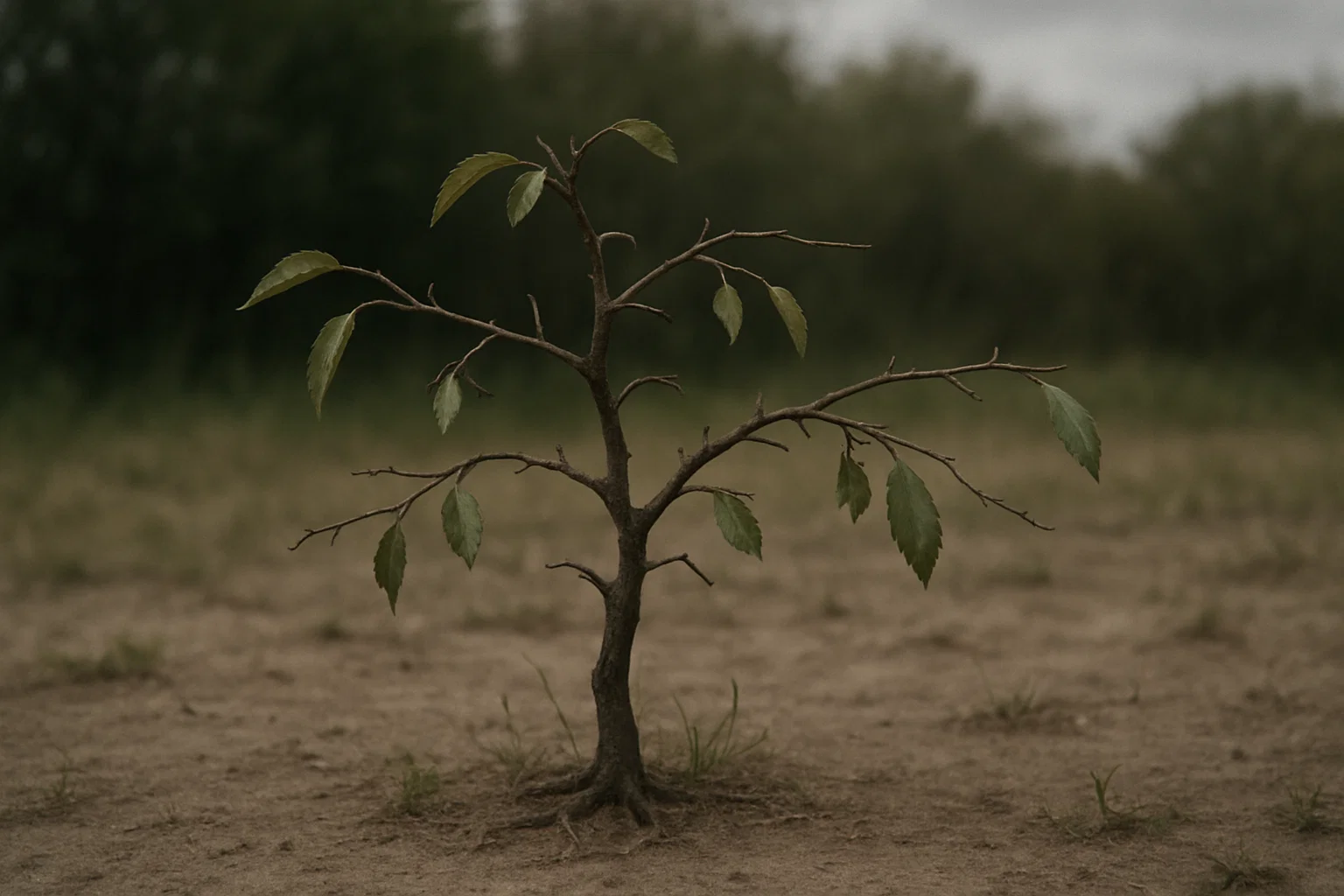
🍂 2. Yellowing or Pale Leaves 🍂
One of the earliest signs that your cherry tree isn’t getting enough sunlight is yellowing or pale leaves. This condition is known as chlorosis and happens because the tree struggles to produce enough chlorophyll in low light. Chlorophyll is what gives leaves their green color and helps the tree perform photosynthesis. Without sufficient sunlight, your tree won’t be able to generate enough chlorophyll, leading to yellow or light-colored leaves, especially in the lower branches.
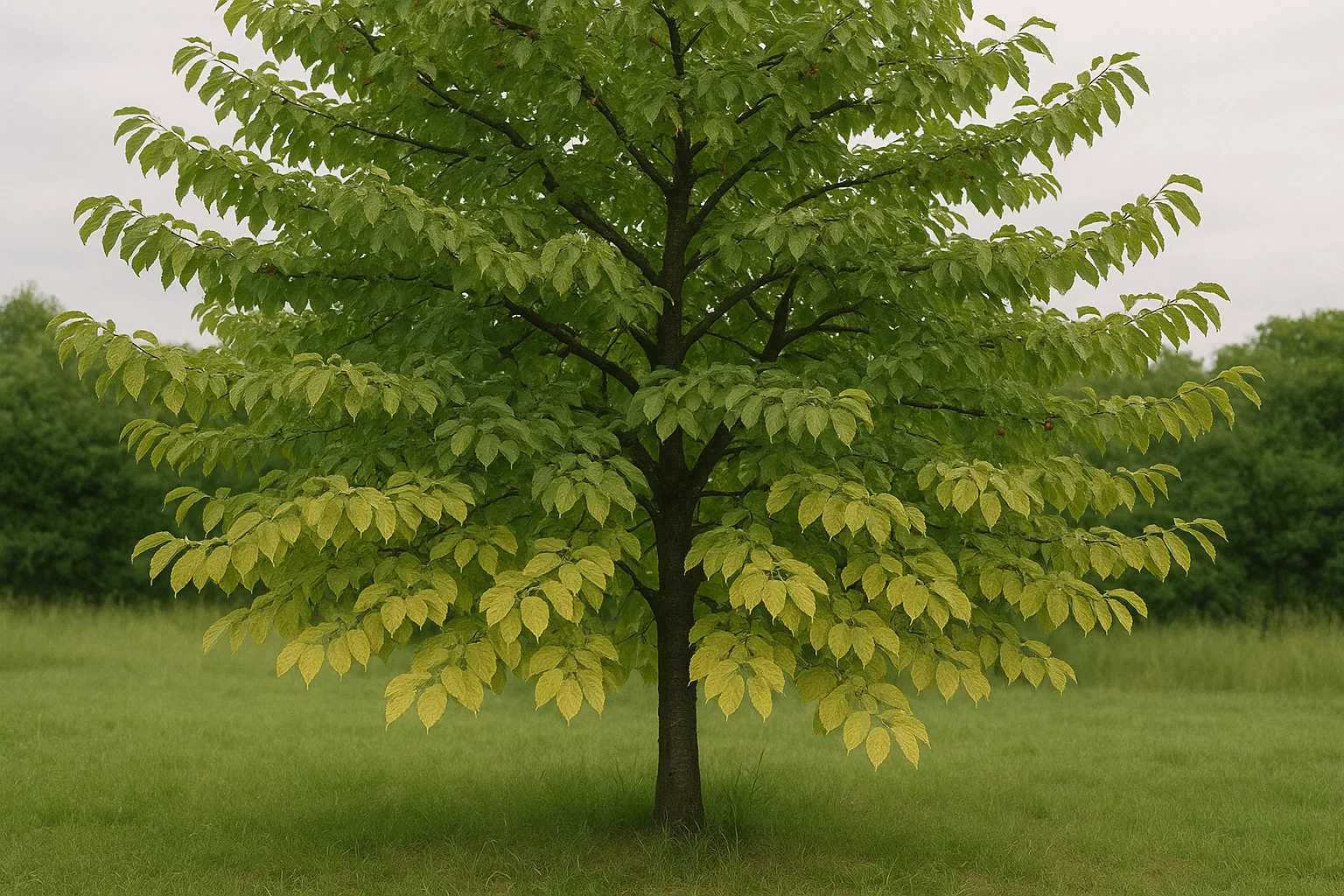
🍒 3. Sparse or Few Fruits 🍒
A cherry tree that lacks sunlight will struggle to produce flowers, which are necessary for fruiting. You may notice that your tree has fewer blossoms in the spring, or the blossoms may be weak or small. As a result, the number of fruits will be significantly reduced. Even if fruit does form, it might be underdeveloped, small, or not ripen properly. Sunlight is crucial for the blooming process and the energy needed to produce high-quality, abundant fruits.
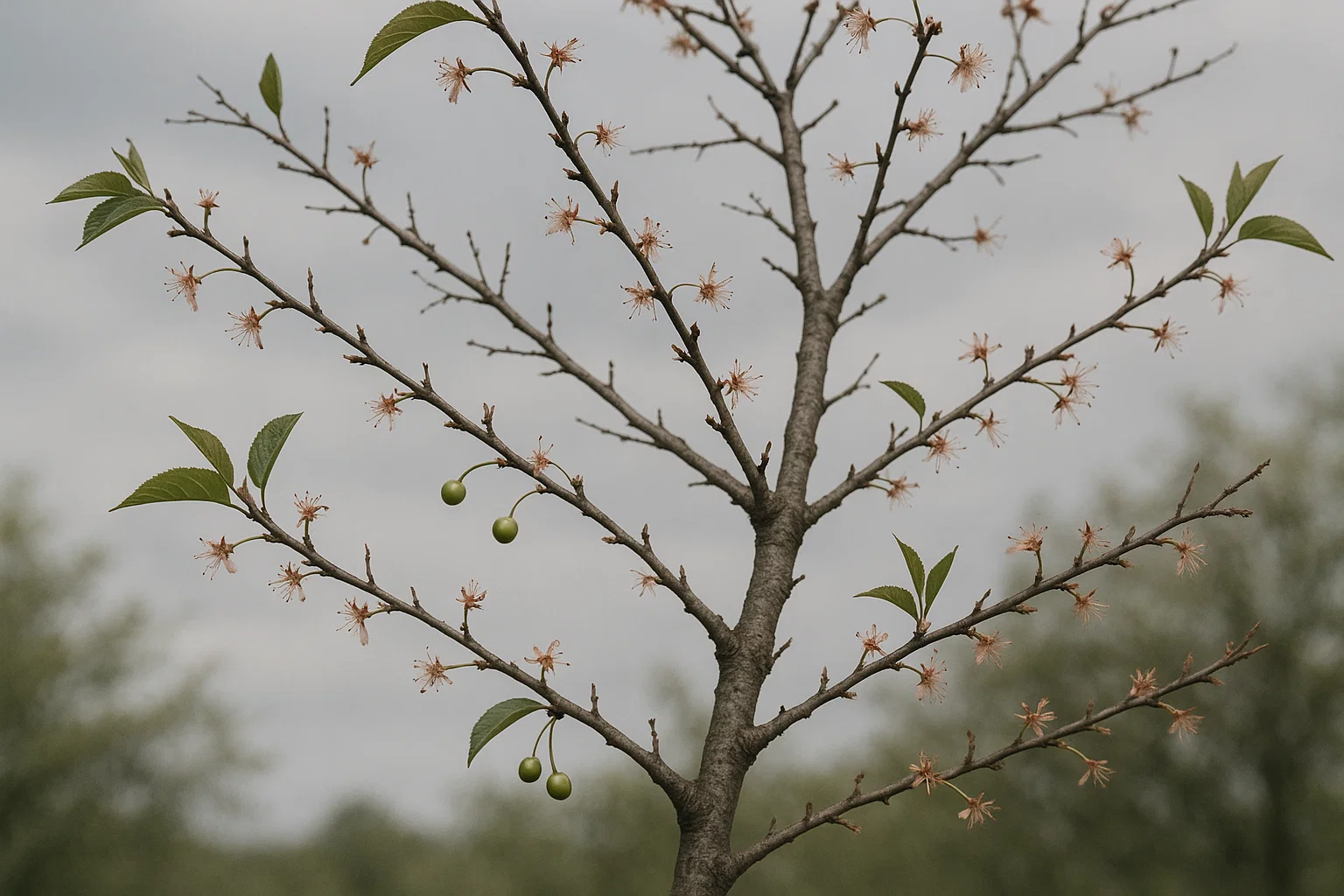
🌳 4. Leggy or Spindly Branches 🌳
If your cherry tree is reaching for the light, you may notice that its branches are becoming long, weak, and “leggy.” This is a classic sign of a tree that’s trying to stretch toward the sun, often resulting in spindly, elongated branches. The lack of sunlight prevents the tree from growing thick, strong limbs. Instead, it compensates by growing tall, weak branches in an attempt to find more light, which in turn weakens the overall structure of the tree.
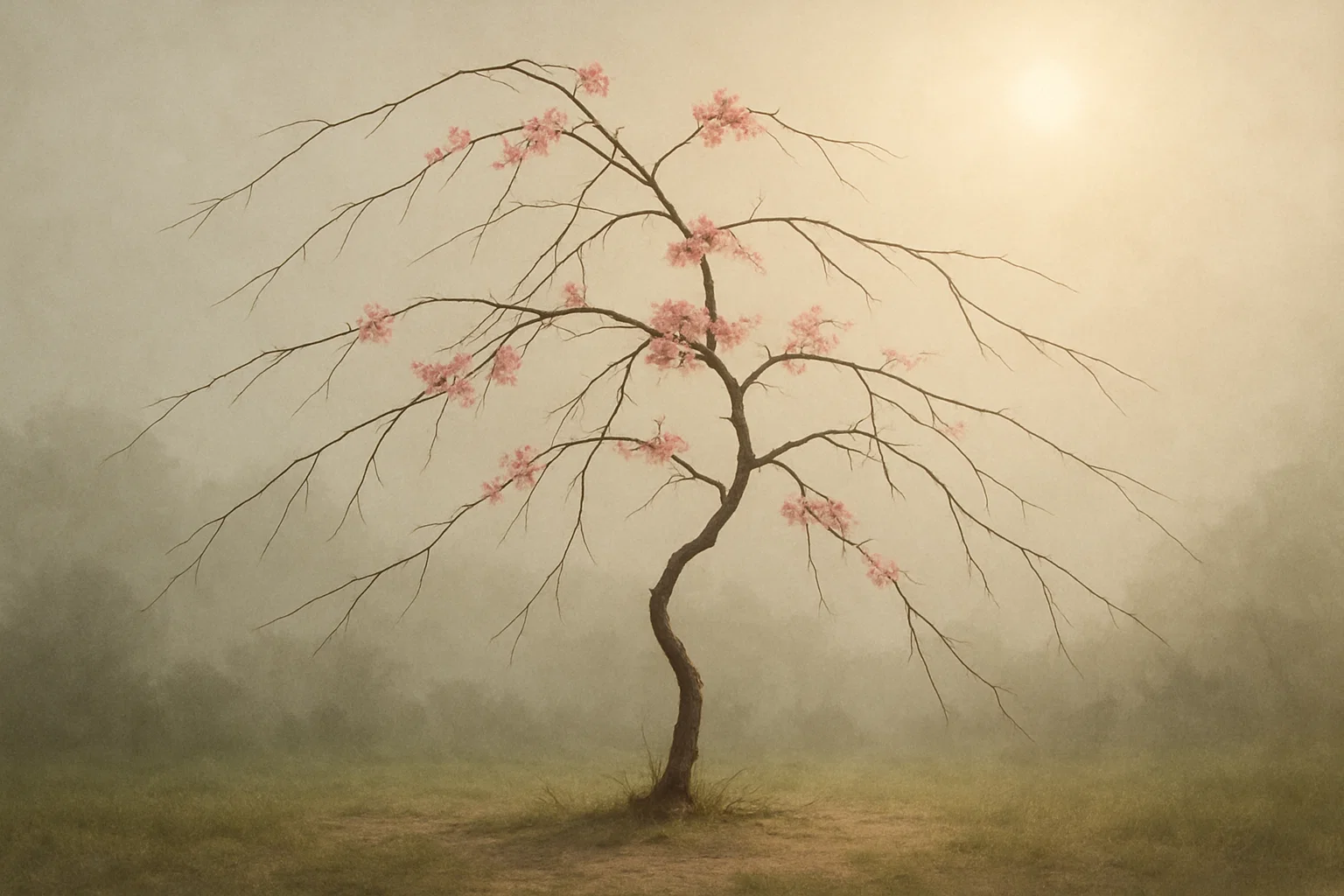
🍃 5. Premature Leaf Drop 🍃
Cherry trees that aren’t receiving enough sunlight may also shed their leaves prematurely. This happens because the tree is not able to support all of its leaves when sunlight and energy are limited. Leaves may start turning yellow or brown and fall off early, even before the typical autumn shedding period. This reduces the tree’s ability to capture energy from the sun and further weakens its overall health.
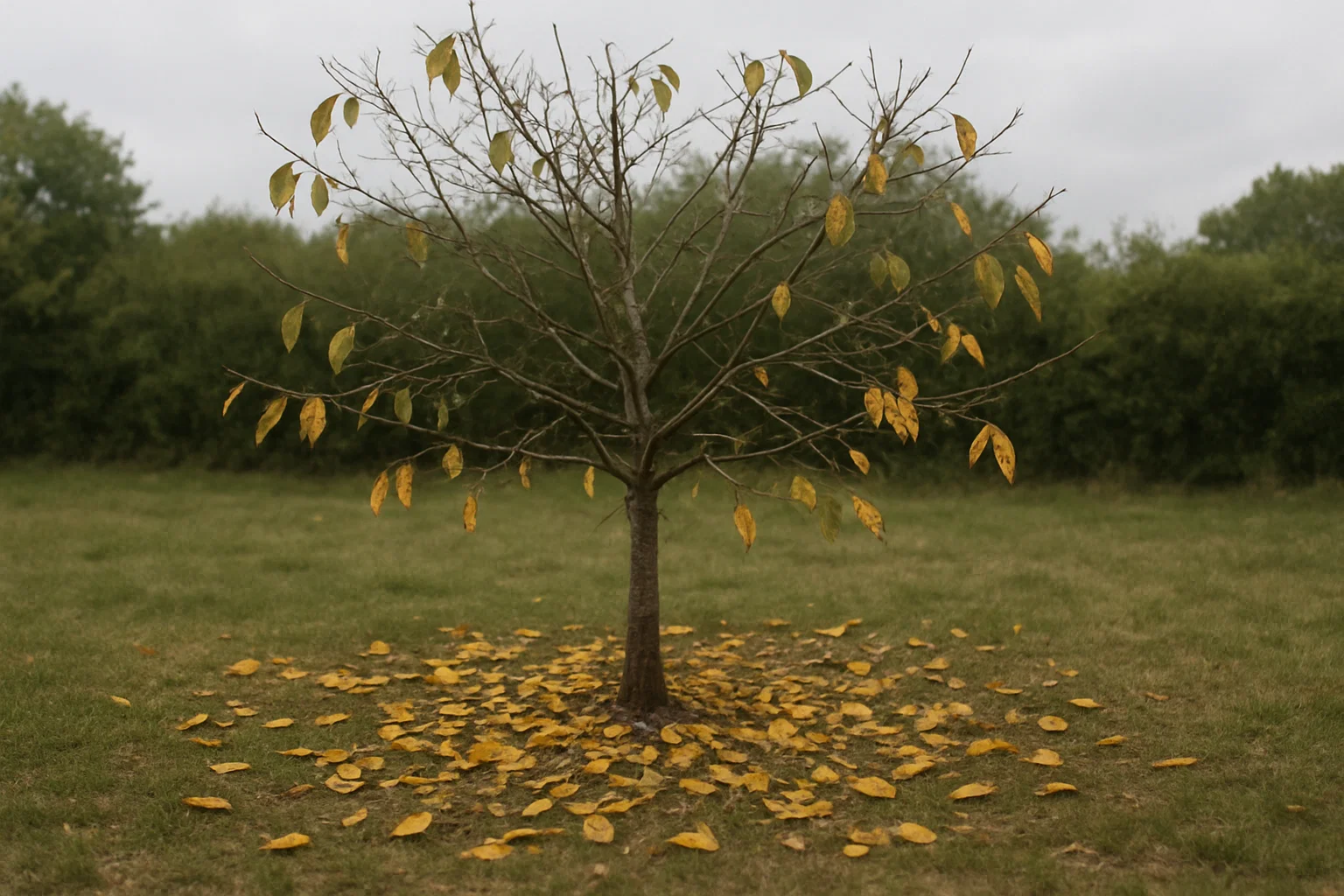
🌸 6. Reduced Flowering 🌸
Sunlight directly affects the tree’s ability to produce flowers. Cherry trees that don’t get enough light often fail to bloom properly or may produce very few flowers. Inadequate sunlight limits the tree’s ability to store the energy needed to develop flowers in the spring, which then leads to a poor or non-existent fruiting season. You may notice that your tree produces fewer flowers or that the flowers are smaller and less vibrant than usual.
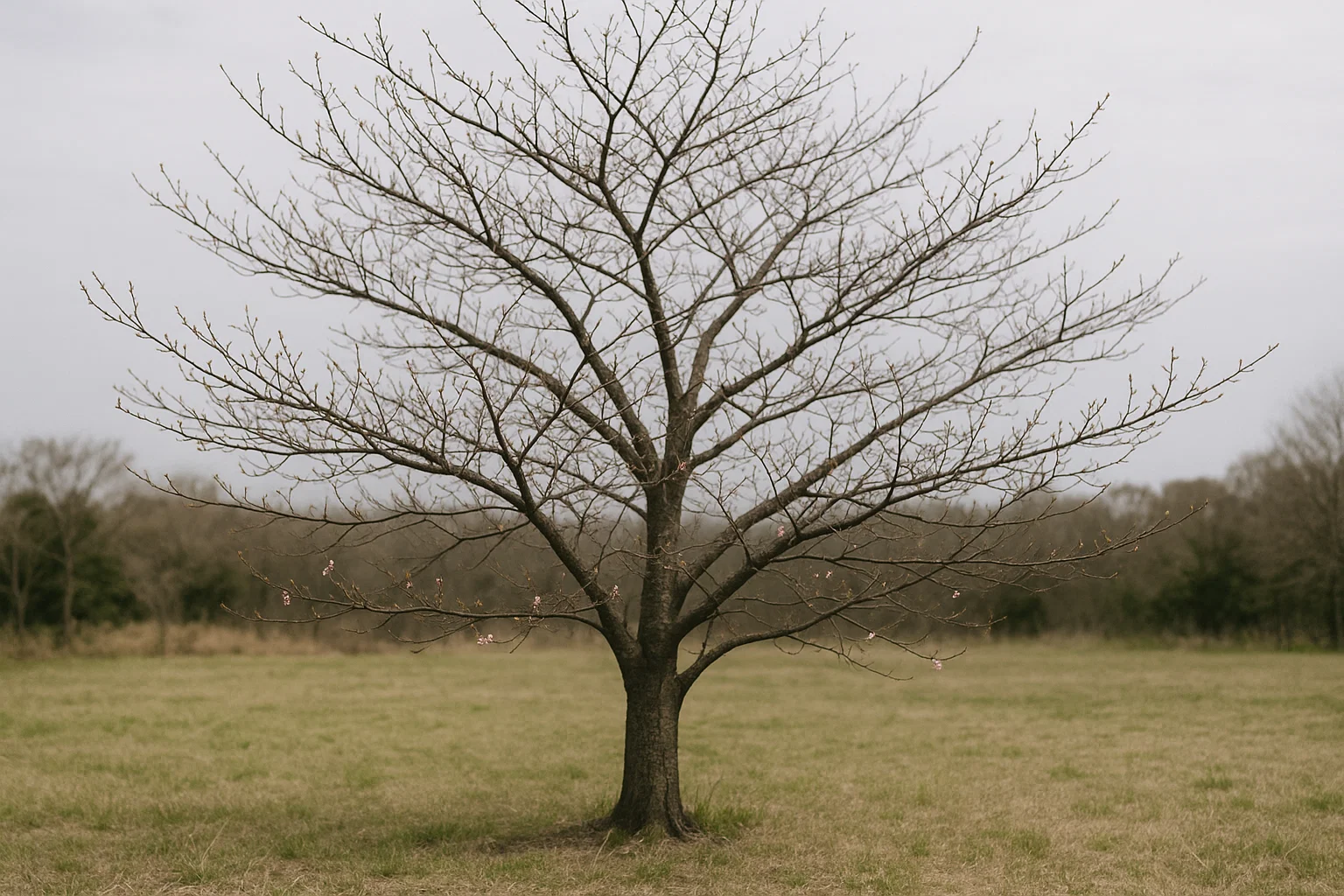
🌞 Summary 🌞
If your cherry tree is showing any of these signs – slow growth, yellowing leaves, fewer fruits, leggy branches, early leaf drop, or reduced flowering – it’s time to reassess its sunlight exposure. Cherry trees need a lot of direct sunlight, ideally 6-8 hours a day, to thrive. Identifying these signs early can help you take action to improve your tree’s health and ensure a stronger, more productive tree in the future. 🌞🌱 Recognizing what are the signs your cherry tree needs more sunlight? is a key step in providing the right care for optimal growth and fruit production.
🌞🍒 What to Do If Your Cherry Tree is Not Getting Enough Sunlight 🍒🌞
If you’ve noticed signs that your cherry tree isn’t getting enough sunlight, don’t worry! There are several steps you can take to help your tree thrive and ensure it receives the light it needs. Here’s what you can do:
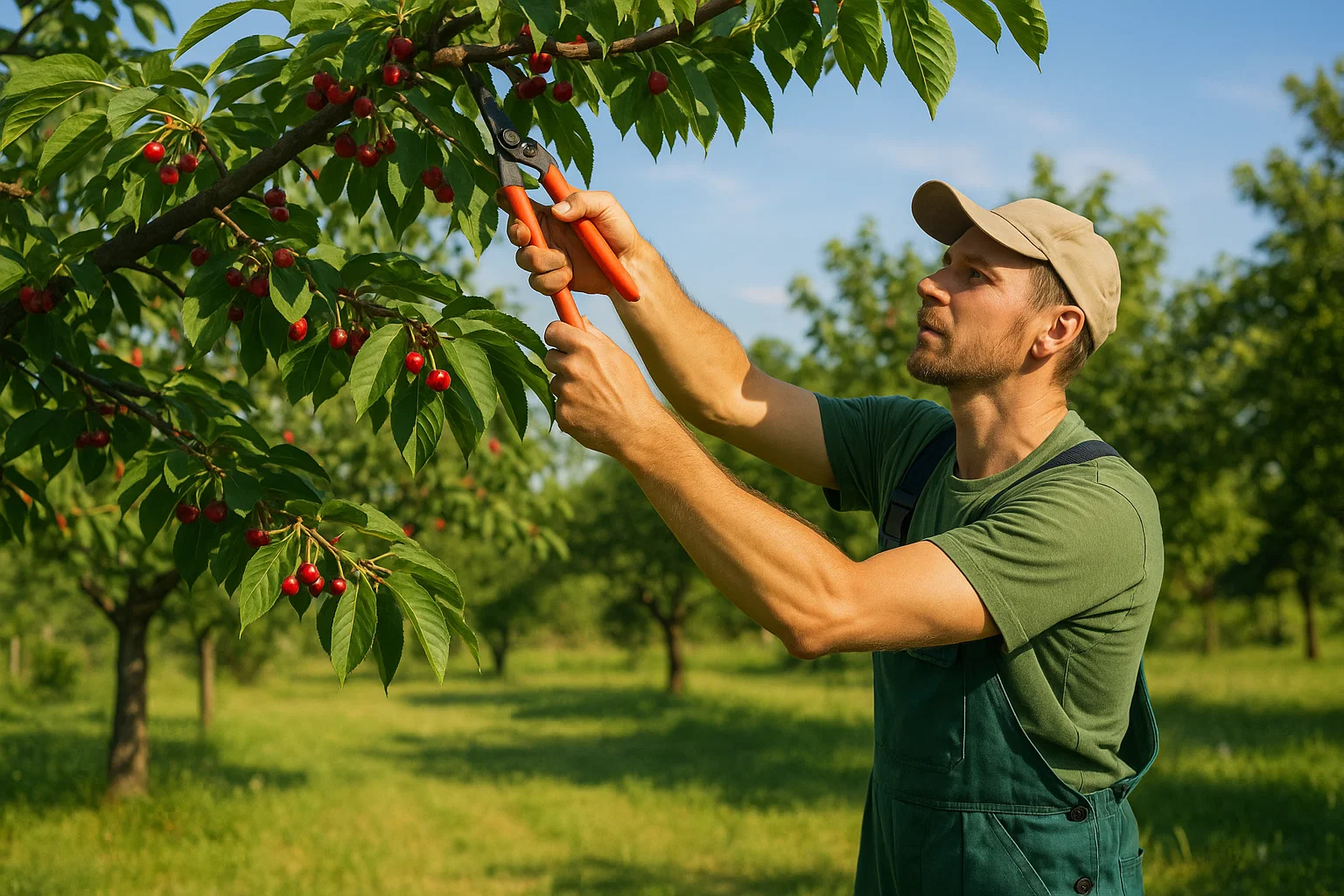
🗺️ 1. Assess the Tree’s Location 🗺️
First, take a good look at where your cherry tree is planted. Cherry trees need at least 6-8 hours of direct sunlight each day to stay healthy and produce fruit. 🌳 If the location is too shaded, consider moving your tree to a sunnier spot, especially if it’s still young and can handle relocation. Make sure the area isn’t blocked by taller trees, buildings, or fences that may be casting too much shadow.
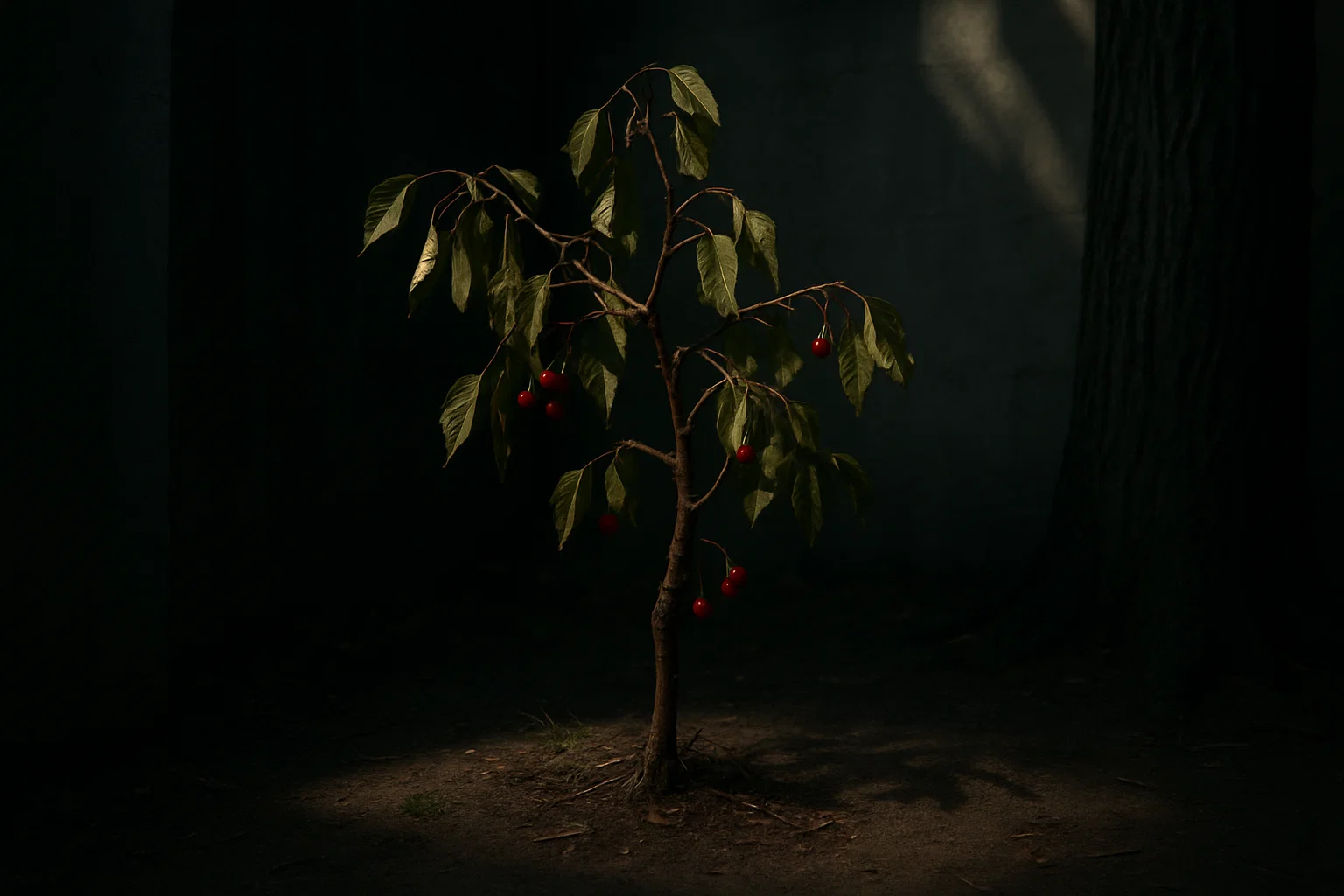
✂️ 2. Prune Overhanging Branches ✂️
If there are nearby trees or structures that are blocking sunlight from reaching your cherry tree, consider pruning overhanging branches or trimming back bushes. This can help open up the canopy and allow more light to reach your tree’s leaves and branches. Pruning also helps improve airflow, reducing the risk of disease.
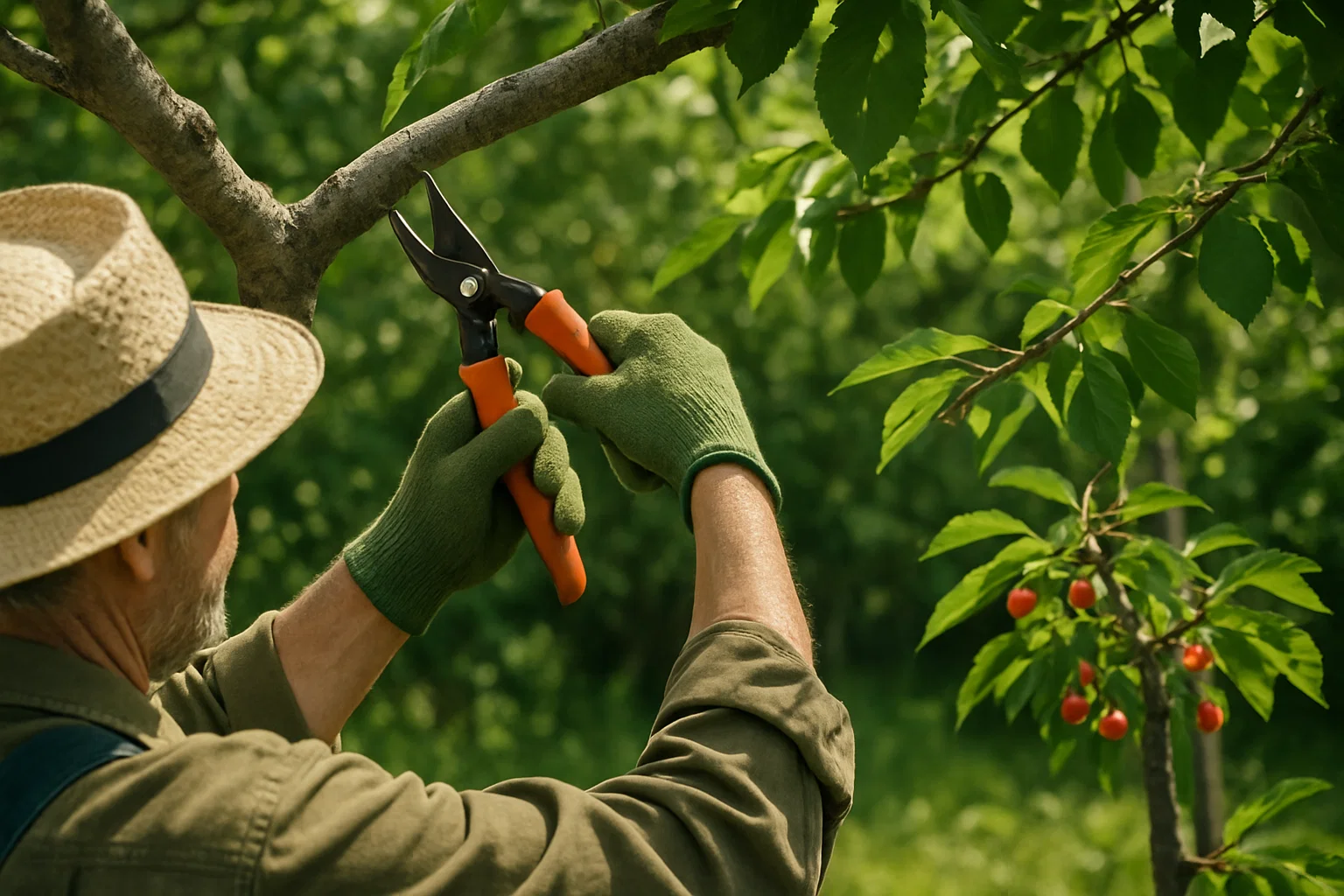
🔄 3. Repositioning (If Possible) 🔄
If you have a container-grown cherry tree, one of the best solutions is to move it to a location where it will get more sun. Pots are versatile, and with a bit of effort, you can place your tree in an area that gets the optimal amount of sunlight. Be mindful of the time of day to ensure it gets consistent exposure, especially in the morning and afternoon.
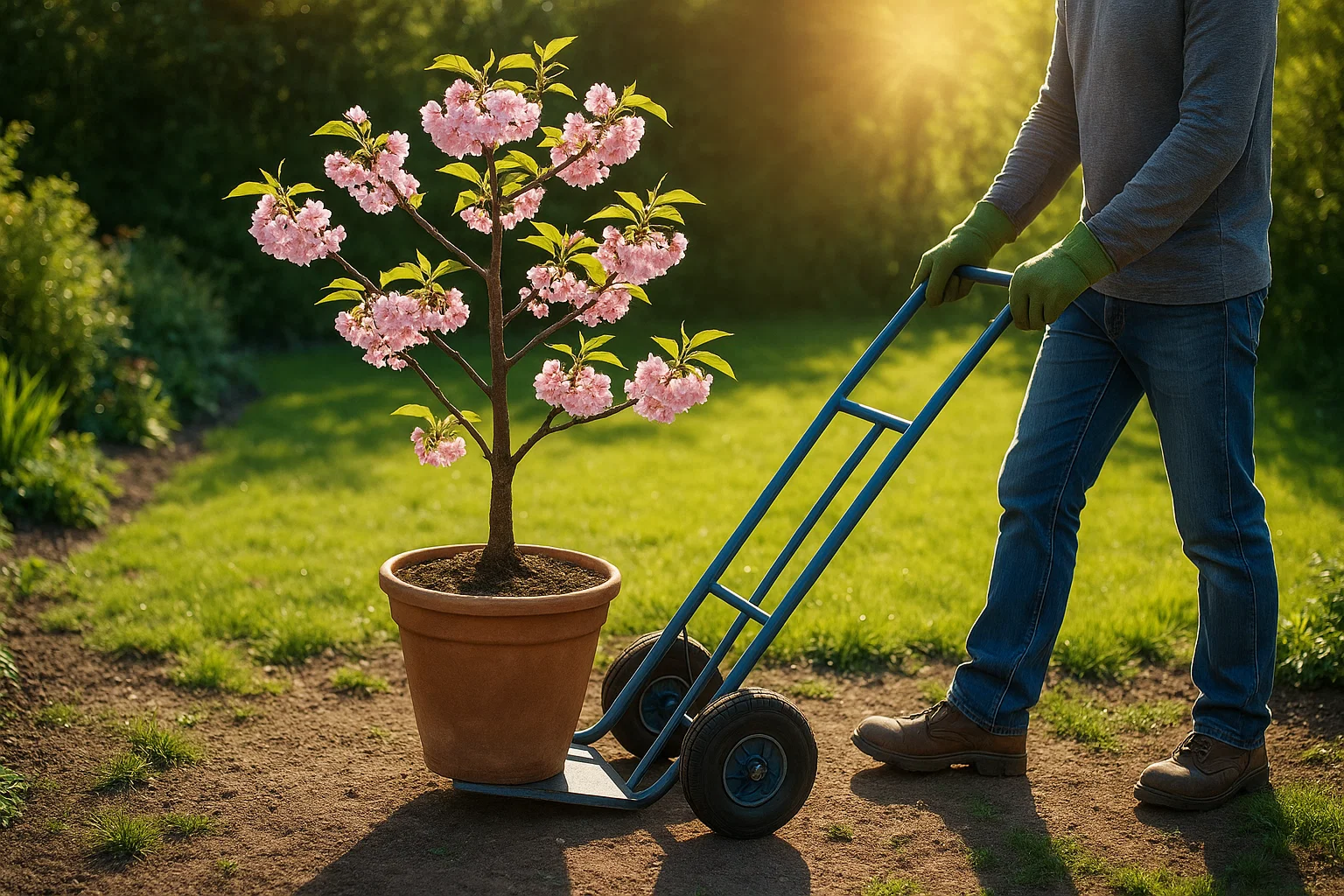
🪴 4. Consider Growing a Cherry Tree in Pots 🪴
If your space is limited, or if your garden doesn’t get enough sunlight, growing a cherry tree in a pot can be a great solution. Pots allow you to move the tree around to different sunny spots throughout the day. This way, you can always find the perfect place with full sunlight. Plus, container-grown cherry trees are easier to monitor and manage for optimal growth.
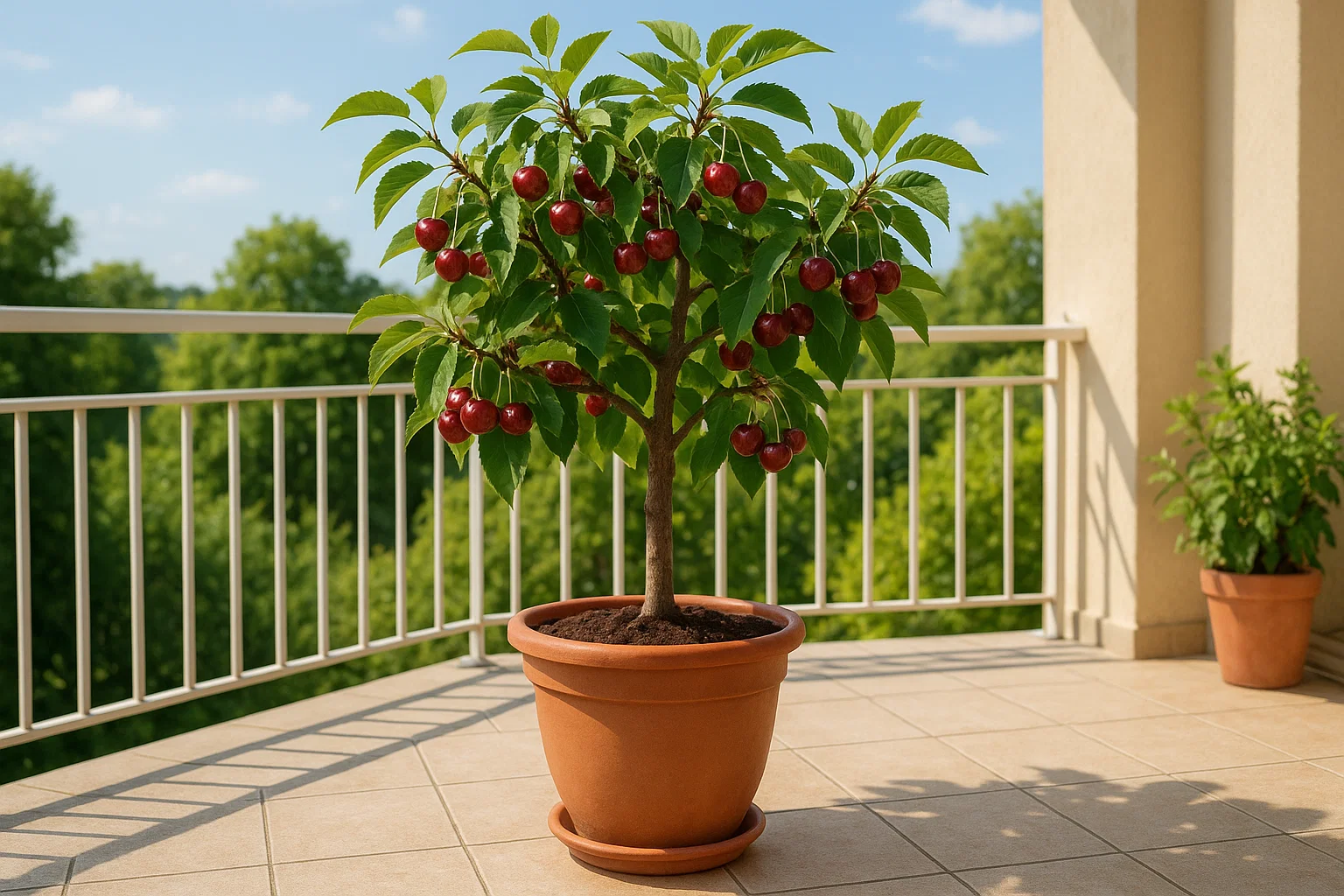
🌱💧 5. Soil and Water Considerations 🌱💧
Proper soil care and watering are essential when trying to help a cherry tree make the most of its sunlight. Make sure the soil is well-draining and rich in nutrients. Cherry trees thrive in slightly acidic, loamy soil. Over-watering or poor soil drainage can stress the tree, so it’s important to water deeply but not too frequently. Healthy roots and soil will help the tree absorb sunlight more effectively and grow stronger.
🌿 6. Mulch for Temperature Regulation 🌿
In areas with intense sunlight, adding a layer of mulch around the base of your cherry tree can help retain moisture and protect the roots from temperature fluctuations. Mulching can also improve soil health by slowly breaking down and releasing nutrients. Just make sure to keep the mulch a few inches away from the trunk to avoid rot.
🌞 7. Use Reflective Surfaces 🌞
If your tree is planted in a somewhat sunny location but still struggling to get enough light, consider using reflective surfaces. Placing a reflective material, like white stones or a reflective garden fabric, around the base of the tree can help bounce additional light onto the tree, enhancing its exposure to the sun.
🌱 Summary 🌱
If your cherry tree isn’t getting enough sunlight, there are plenty of solutions to help it grow stronger and healthier. Start by assessing its location and pruning any nearby obstacles. Consider moving the tree if possible or growing it in a container that can be repositioned. Proper care of soil, watering, and temperature regulation will also play a crucial role in helping the tree take full advantage of the sunlight it gets. 🌱 With the right adjustments, your cherry tree will thank you with stronger growth and more delicious fruit! 🍒 Learning what are the signs your cherry tree needs more sunlight? can help you make timely changes to ensure its long-term health and productivity.
🌞🍒 Optimal Sunlight Conditions for Cherry Trees 🍒🌞
Cherry trees thrive best when they receive the right amount of sunlight. Here’s everything you need to know about creating the perfect sunlight conditions for your tree:
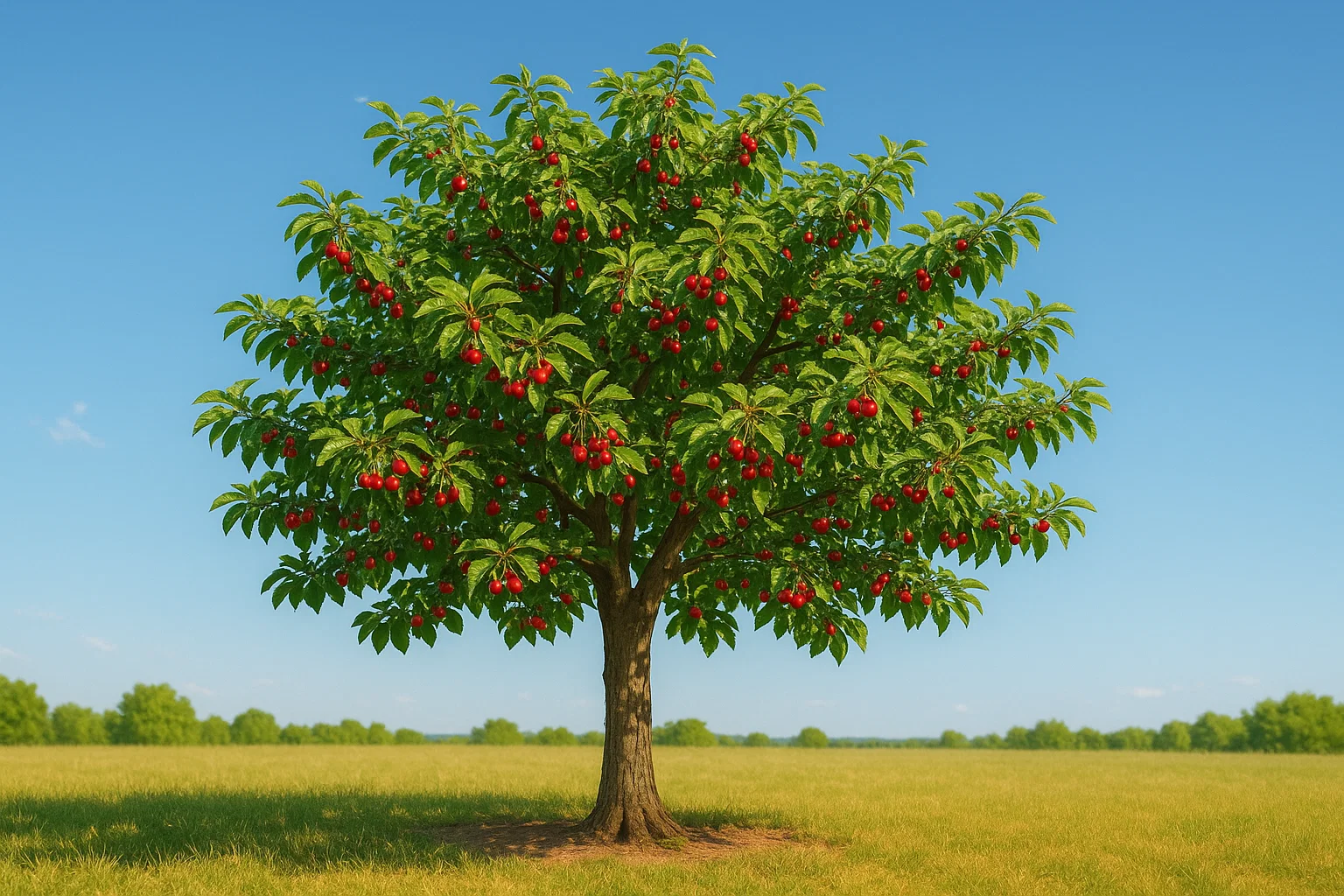
🌞 1. Ideal Light Exposure 🌞
Cherry trees need at least 6-8 hours of direct sunlight each day to grow healthy and produce fruit. The more sunlight, the better! 🍒 The sun helps the tree perform photosynthesis, which is essential for its growth, flowering, and fruiting. The best time for your tree to soak up the sun is during the middle of the day, when the sun is strongest. 🌞
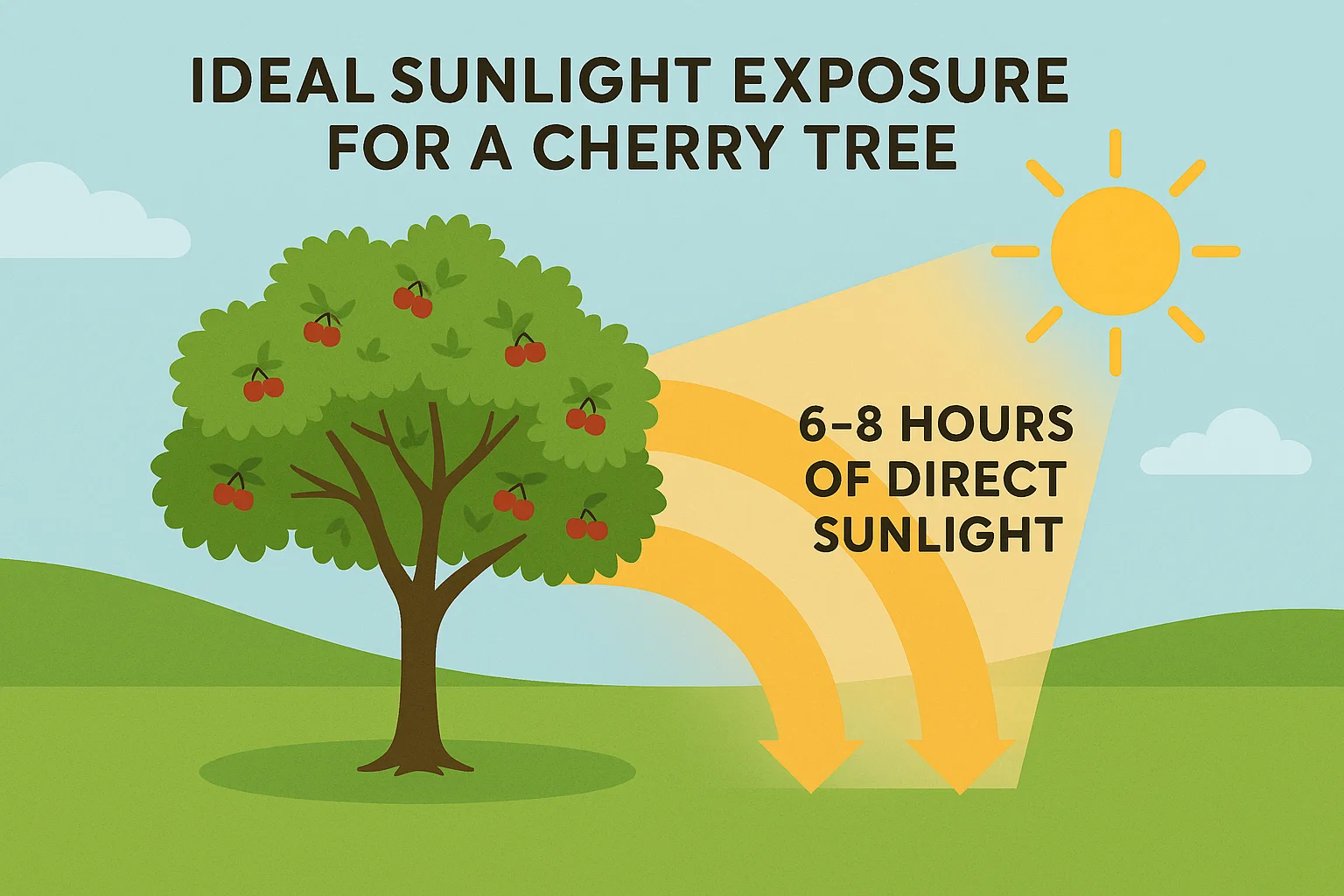
🌅 2. Morning Sunlight Is Best 🌅
While cherry trees need full sun, morning sunlight is particularly beneficial. Early sunlight is gentler and less intense than afternoon sun, allowing the tree to soak in the energy without the risk of sunburn or stress. If possible, aim for a spot that gets morning sun, as this can also help prevent the tree from drying out too quickly.
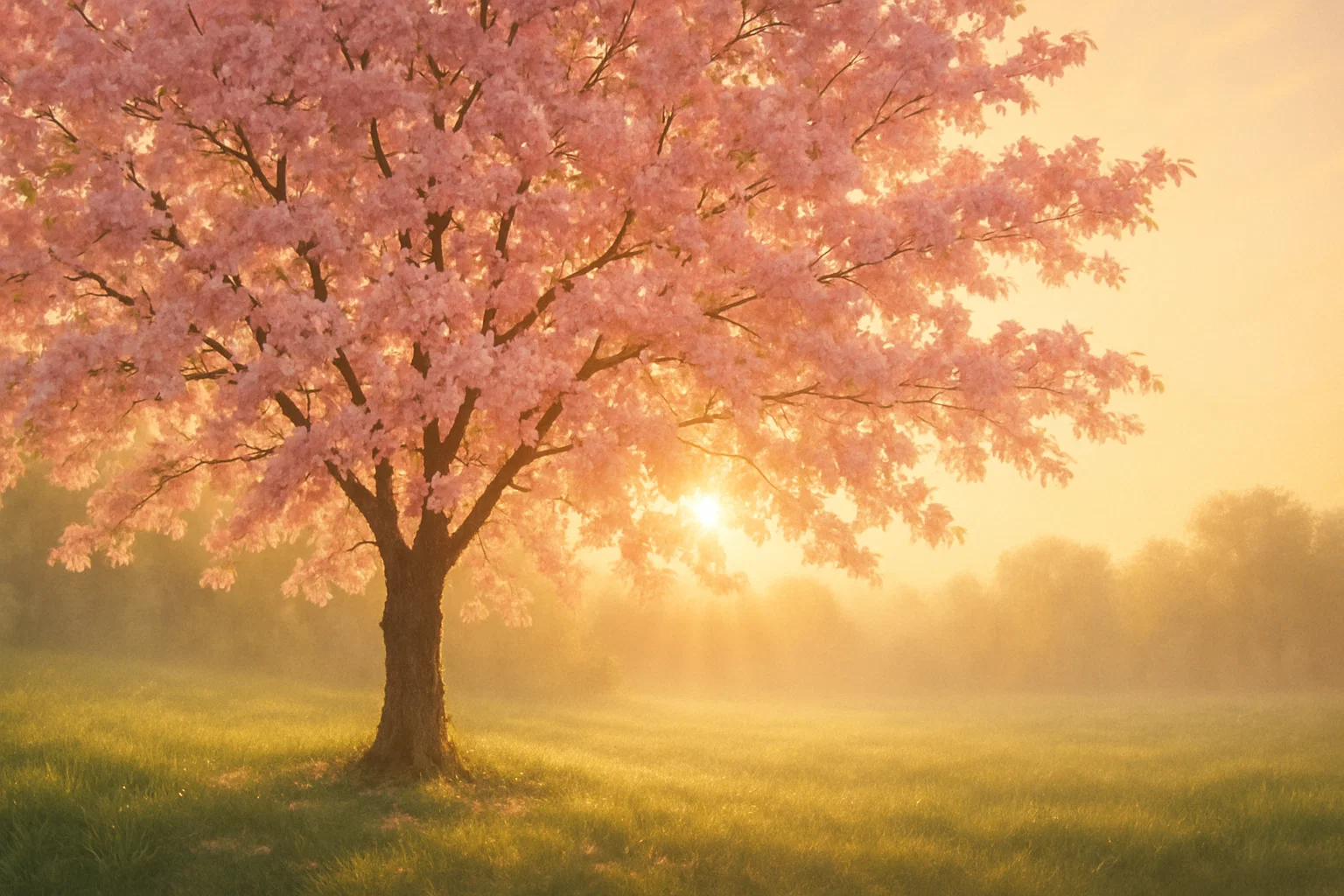
🍂🌸 3. Consider Seasonal Changes 🍂🌸
Sunlight needs can change with the seasons. In the warmer months, cherry trees need more sun to support vigorous growth and fruit production. During winter, however, the sun is lower in the sky, and the days are shorter. Even so, cherry trees should still be planted in a location where they can get as much winter sun as possible. 🌞 In colder climates, try to ensure your tree gets maximum exposure to the low winter sun, which can help it stay healthy through the dormant season.
🌳 4. Avoid Overhead Shade 🌳
Avoid planting your cherry tree in areas where it’s shaded by taller trees or buildings. The more sunlight your tree receives, the stronger and more productive it will be. If you have tall structures nearby, pruning overhanging branches or moving the tree to a sunnier location can help improve its sunlight exposure.
🌍 5. Growing Zones & Climate Considerations 🌍
Cherry trees generally thrive in USDA Hardiness Zones 5-9, where they can get adequate sunlight throughout the year. In warmer climates (zones 8-9), cherry trees may still need some afternoon shade, especially in the hottest months, to protect them from scorching temperatures. In colder zones, ensuring they get full sun during the growing season will help them thrive.
🌞 Summary 🌞
The optimal sunlight conditions for cherry trees include 6-8 hours of direct sunlight a day, preferably in the morning. Keep in mind that while cherry trees need full sun during the growing season, the intensity of light can vary with the seasons and climate. Ensure your tree is not shaded by other structures and is planted in a location where it can get the best exposure to sunlight year-round. 🌞With the right sunlight conditions, your cherry tree will flourish, grow strong, and produce bountiful fruit! 🍒 It’s also important to recognize what are the signs your cherry tree needs more sunlight? so you can adjust its environment for optimal growth.
🌱🍒 Additional Tips for Ensuring Healthy Cherry Tree Growth 🍒🌱
In addition to providing plenty of sunlight, there are several other factors to consider when growing a healthy cherry tree. Here are some essential tips to help your tree thrive:

🌿 1. Fertilization & Nutrient Management 🌿
Cherry trees need the right nutrients to support healthy growth and fruit production. Use a balanced, organic fertilizer, especially in the early spring when the tree is waking up from dormancy. 🍂 A slow-release fertilizer works best, as it provides nutrients over time. Avoid over-fertilizing, as this can lead to excessive foliage growth with fewer fruits.
💧 2. Watering Properly 💧
Proper watering is crucial for your cherry tree’s health. Water deeply but infrequently, especially during dry spells. 🌞 Over-watering or letting the tree sit in waterlogged soil can lead to root rot. Aim for consistent moisture, ensuring the soil is well-drained but not too dry. In the growing season, water your tree every 1-2 weeks, depending on the weather.
✂️ 3. Pruning Regularly ✂️
Pruning helps improve air circulation, remove dead or diseased wood, and encourages new growth. Prune your cherry tree during the late winter or early spring when it’s still dormant. This will also help shape the tree, making it easier to harvest fruit. 🌳 Be sure to remove any weak, crowded, or dead branches to allow sunlight to reach the inner parts of the tree.
🌿 4. Mulch for Moisture & Temperature Control 🌿
Adding mulch around the base of your cherry tree can help retain moisture, keep roots cool, and reduce weeds. Use organic mulch like wood chips, straw, or leaves, but avoid piling it up directly against the trunk to prevent rot. Mulching also helps enrich the soil as it breaks down, adding valuable nutrients to the tree.
🦠🛡️ 5. Pest & Disease Prevention 🦠🛡️
Cherry trees are vulnerable to various pests and diseases, especially when they’re stressed due to lack of sunlight. Regularly inspect your tree for signs of pests, such as aphids, cherry fruit flies, or fungal infections like powdery mildew. If you notice any issues, treat them promptly with organic pesticides or by removing affected parts. Keeping your tree healthy with proper sunlight, watering, and pruning can reduce the risk of pest problems.
🌳 6. Support for Young Trees 🌳
Young cherry trees, in particular, can benefit from a little extra help. Use tree stakes to provide support for the first few years until the tree grows sturdy enough to stand on its own. Be sure not to tie the tree too tightly, as this can damage the bark. Young trees are more susceptible to damage, so give them the best start with proper care.
🌬️☀️ 7. Protect from Extreme Weather 🌬️☀️
Extreme weather conditions can stress your cherry tree, especially if it’s not receiving enough sunlight. In extremely hot weather, consider adding some light shade in the afternoon to protect it from sunburn. In colder climates, wrap the tree with burlap during winter to protect it from harsh winds and frost.
🌞 Summary 🌞
For healthy cherry tree growth, it’s important to do more than just provide sunlight. Ensure proper fertilization, watering, and pruning to support robust development. Use mulch to retain moisture and regulate temperature, and keep an eye out for pests and diseases that can hinder growth. With a little extra care and attention, your cherry tree will grow strong, healthy, and ready to produce plenty of delicious fruit! 🍒🌳

🌟 Final Thoughts 🌟
Caring for your cherry tree goes beyond providing sunlight—it’s about nurturing its overall health and resilience. 🌱 With the right balance of water, nutrients, and regular maintenance, your tree will thrive and produce a bountiful harvest. 🍒 By staying vigilant and addressing any potential issues early on, you can ensure that your cherry tree remains strong, healthy, and productive for years to come. 🌳
With these tips and a little love and care, your cherry tree will reward you with delicious fruit and vibrant growth season after season! 🌞🍒
Frequently Asked Questions (FAQs) 🌱🍒
What are the signs your cherry tree needs more sunlight?
Cherry trees that aren’t getting enough sunlight may show signs like slow or stunted growth, sparse leaves, and poor fruit production. The branches may also become leggy or weak as they stretch toward the light source.
How many hours of sunlight do cherry trees need?
Cherry trees generally require at least 6 hours of direct sunlight each day for optimal growth. The more sunlight they get, the healthier they will be, especially when it comes to fruit production.
Can a cherry tree survive with too little sunlight?
While cherry trees can survive in partial shade, they will struggle to thrive and produce fruit. Long-term exposure to insufficient sunlight can lead to weak growth and reduced fruit yield.
Can I move my cherry tree to a sunnier spot?
Yes, if your tree is young and in a pot, it can be relocated to a sunnier spot. However, for mature trees, moving them may be difficult and could cause stress. If possible, prune surrounding vegetation to allow more light to reach the tree.
What happens if a cherry tree doesn’t get enough sunlight?
If a cherry tree doesn’t receive enough sunlight, it may develop yellowing leaves, poor flowering, and low fruit yield. It can also become more susceptible to pests and diseases.
How can I tell if my cherry tree is getting too much sunlight?
Cherry trees exposed to excessive sunlight may show signs of leaf scorch or sunburn, where leaves turn brown or develop dry spots. This typically happens in areas with intense heat or drought.
Is it too late to improve sunlight conditions for my cherry tree?
It’s never too late! While it’s best to ensure proper sunlight during the planting stage, you can always prune surrounding trees or shrubs and remove any obstructions to increase light exposure for your cherry tree.
Can I use reflective surfaces to increase sunlight for my cherry tree?
Yes! Placing reflective surfaces like white walls, mirrors, or aluminum foil around the tree can help redirect additional sunlight. This can be especially useful in areas with limited direct sun.
